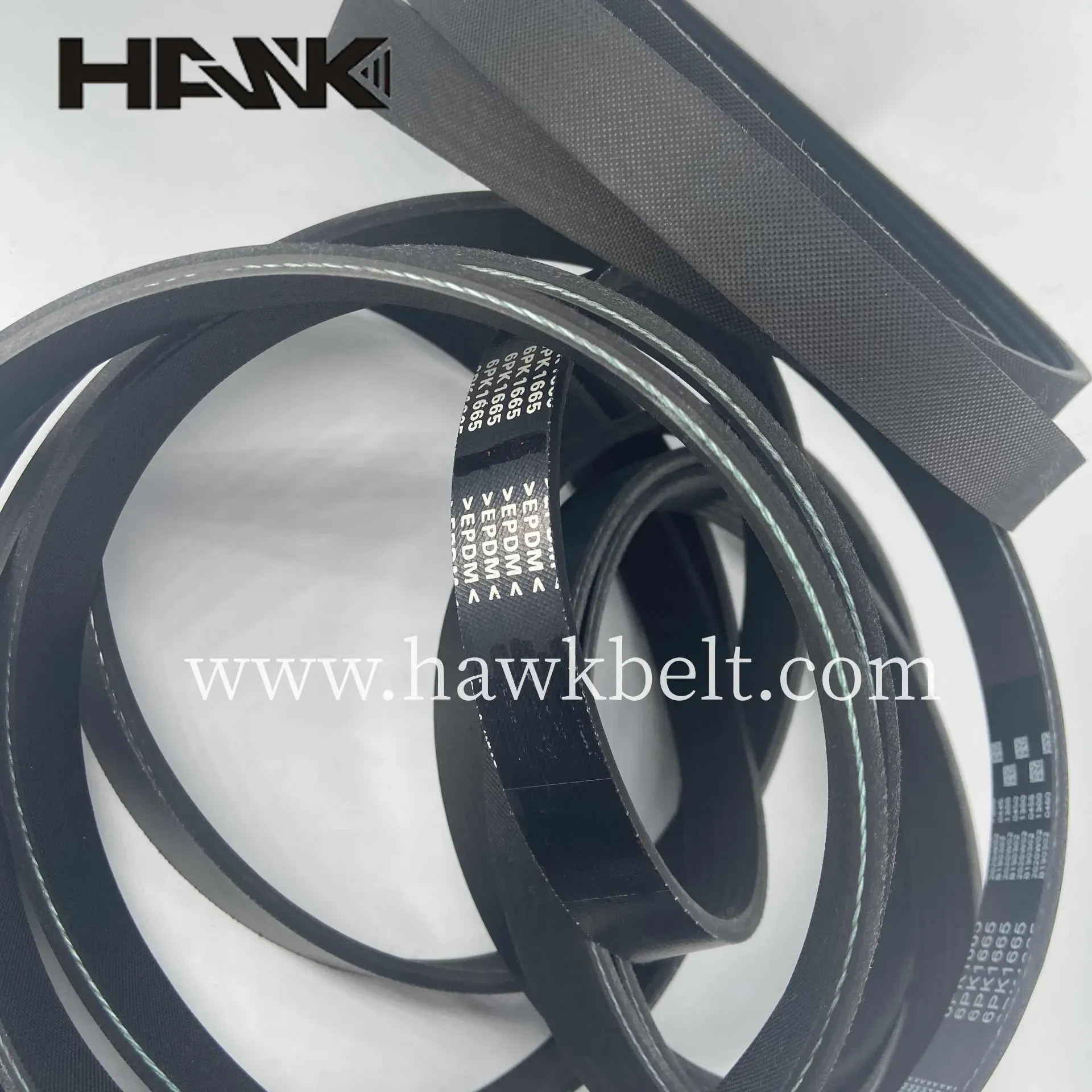- Arabic
- French
- Russian
- Spanish
- Portuguese
- Turkish
- Armenian
- English
- Albanian
- Amharic
- Azerbaijani
- Basque
- Belarusian
- Bengali
- Bosnian
- Bulgarian
- Catalan
- Cebuano
- Corsican
- Croatian
- Czech
- Danish
- Dutch
- Afrikaans
- Esperanto
- Estonian
- Finnish
- Frisian
- Galician
- Georgian
- German
- Greek
- Gujarati
- Haitian Creole
- hausa
- hawaiian
- Hebrew
- Hindi
- Miao
- Hungarian
- Icelandic
- igbo
- Indonesian
- irish
- Italian
- Japanese
- Javanese
- Kannada
- kazakh
- Khmer
- Rwandese
- Korean
- Kurdish
- Kyrgyz
- Lao
- Latin
- Latvian
- Lithuanian
- Luxembourgish
- Macedonian
- Malgashi
- Malay
- Malayalam
- Maltese
- Maori
- Marathi
- Mongolian
- Myanmar
- Nepali
- Norwegian
- Norwegian
- Occitan
- Pashto
- Persian
- Polish
- Punjabi
- Romanian
- Samoan
- Scottish Gaelic
- Serbian
- Sesotho
- Shona
- Sindhi
- Sinhala
- Slovak
- Slovenian
- Somali
- Sundanese
- Swahili
- Swedish
- Tagalog
- Tajik
- Tamil
- Tatar
- Telugu
- Thai
- Turkmen
- Ukrainian
- Urdu
- Uighur
- Uzbek
- Vietnamese
- Welsh
- Bantu
- Yiddish
- Yoruba
- Zulu
Avq . 21, 2024 05:59 Back to list
Choosing the Right 84.5 Inch Serpentine Belt for Your Vehicle's Performance
Understanding the 84.5-Inch Serpentine Belt An Essential Component for Your Vehicle
One of the critical components in many modern vehicles is the serpentine belt. Specifically, the 84.5-inch serpentine belt is designed to drive multiple peripheral devices in the engine, including the alternator, power steering pump, water pump, and air conditioning compressor. This essential part plays a vital role in the overall functionality and performance of an automobile.
What is a Serpentine Belt?
A serpentine belt is a single, continuous belt that wraps around multiple pulleys in the engine, allowing various engine components to be powered by the crankshaft. Unlike older vehicles that utilized multiple v-belts for different components, serpentine belts offer a more streamlined approach. The design improves efficiency, reduces weight, and simplifies the engine layout, making it easier to access and replace when necessary.
The Importance of the 84.5-Inch Measurement
The 84.5-inch measurement is crucial because it specifies the length of the serpentine belt needed for certain vehicle models. Vehicle manufacturers design their engines with specific belt lengths based on the layout of the pulleys and the distance between them. Therefore, using the correct belt length is essential for optimal performance. If the belt is too short, it may not fit over the pulleys, while an excessively long belt can lead to slippage and decreased efficiency.
Signs of Wear and When to Replace
84.5 inch serpentine belt

Like any other component in your vehicle, serpentine belts have a lifespan and can wear out over time. Common signs that your 84.5-inch serpentine belt may need replacement include visible signs of wear, such as cracks, fraying, or splits. Additionally, if you hear squeaking or chirping noises coming from the engine compartment, it may indicate that the belt is slipping or misaligned.
It’s recommended to inspect the serpentine belt regularly, especially as a vehicle ages. Most manufacturers suggest replacing the belt every 60,000 to 100,000 miles, but this can vary. Regular maintenance and early detection of wear can help prevent engine performance issues and more costly repairs down the line.
Installation and Replacement
Replacing an 84.5-inch serpentine belt is a task that can often be done at home by a mechanically inclined individual. However, it is essential to follow the manufacturer’s instructions for both removing the old belt and installing the new one. Many vehicles come equipped with a tensioner that helps maintain the proper tension on the belt, which is crucial for the smooth operation of all connected components.
When installing a new serpentine belt, it’s vital to ensure it is properly routed through the pulleys according to the belt routing diagram, typically found under the hood. Incorrect routing can lead to belt failure or damage to the engine components.
Conclusion
The 84.5-inch serpentine belt is more than just a piece of rubber; it is a critical component that ensures the engine and its accessories function properly. By understanding its importance, the signs of wear, and how to maintain or replace it, vehicle owners can significantly enhance their car's performance and longevity. Regular inspections and timely replacements can save both time and money, ensuring a smooth and efficient driving experience for years to come.
-
Buy Serpentine Belt Online – Affordable Prices & Durable Quality
NewsJul.26,2025
-
High-Performance Metric Variable Speed Belts for Industrial Use
NewsJul.25,2025
-
High-Quality Endless Flat Drive Belt for Precision Power Transmission
NewsJul.24,2025
-
High-Performance Serpentine Belt for Car Engines – Durable & Reliable
NewsJul.23,2025
-
High Efficiency V Belt Drive with Double & Toothed Options for Industry
NewsJul.22,2025
-
Affordable Fan Belt Cost - Compare Prices & Save | Auto Parts Deals
NewsJul.22,2025

